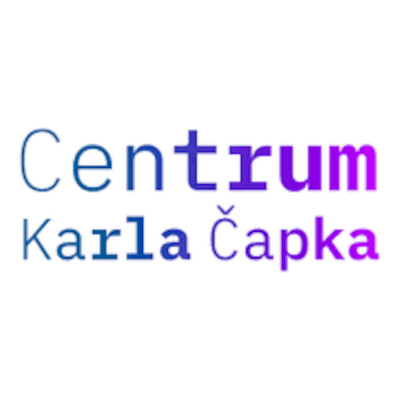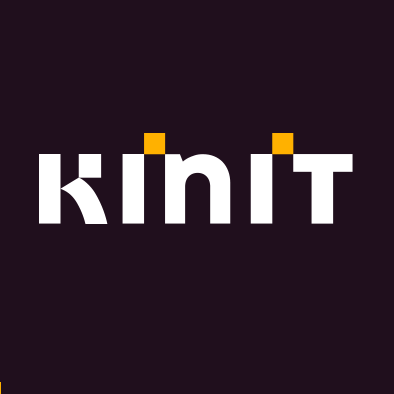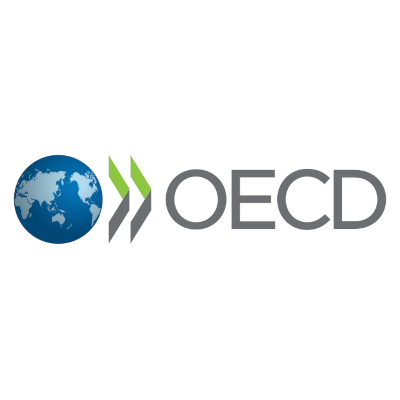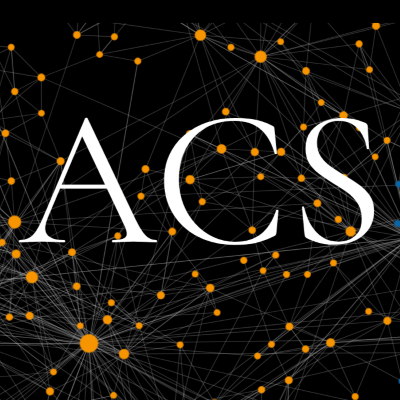The Kempelen Institute for Intelligent Technologies (KInIT) is an independent, non-profit organization, based in Slovakia, that focuses on research and development in the field of artificial intelligence and other areas of computer science. Its mission is to connect cutting-edge research with practical applications for people and industry. On the website, you will find information about the institute, its research areas, educational activities, current job opportunities, news, and co-operation opportunities. The main research areas include web and user data processing, solutions for a sustainable and safe environment, natural language processing, and ethics and human values in technology.






